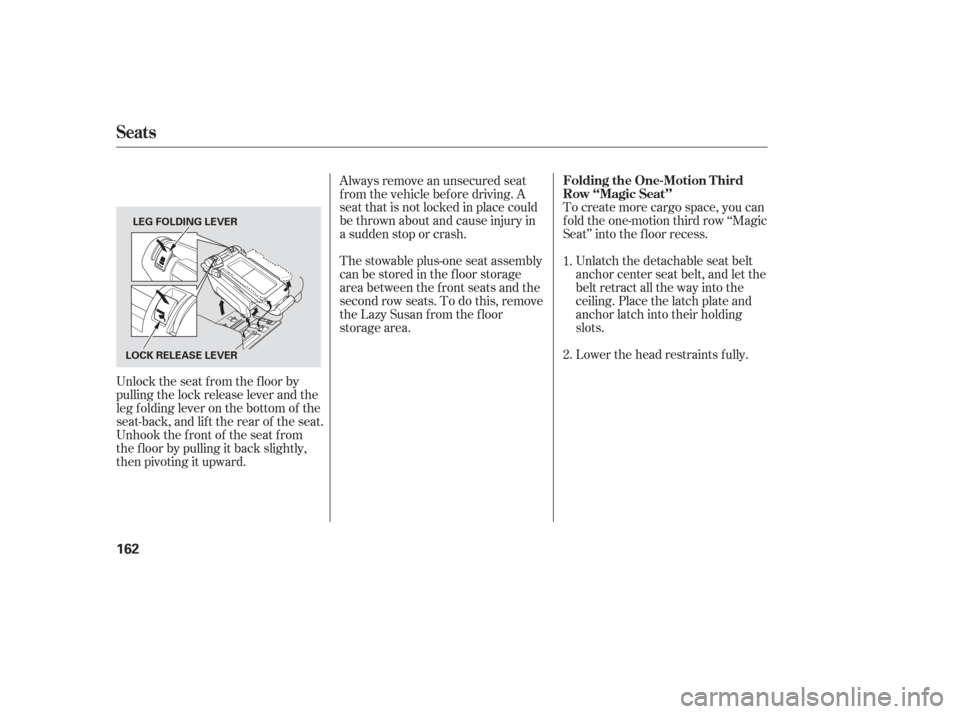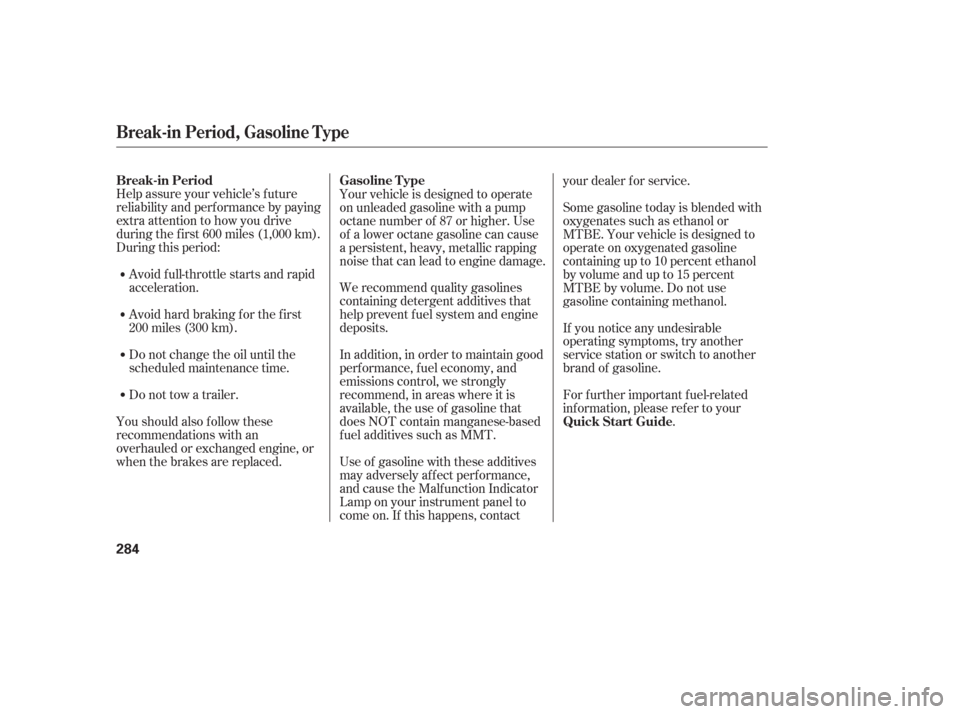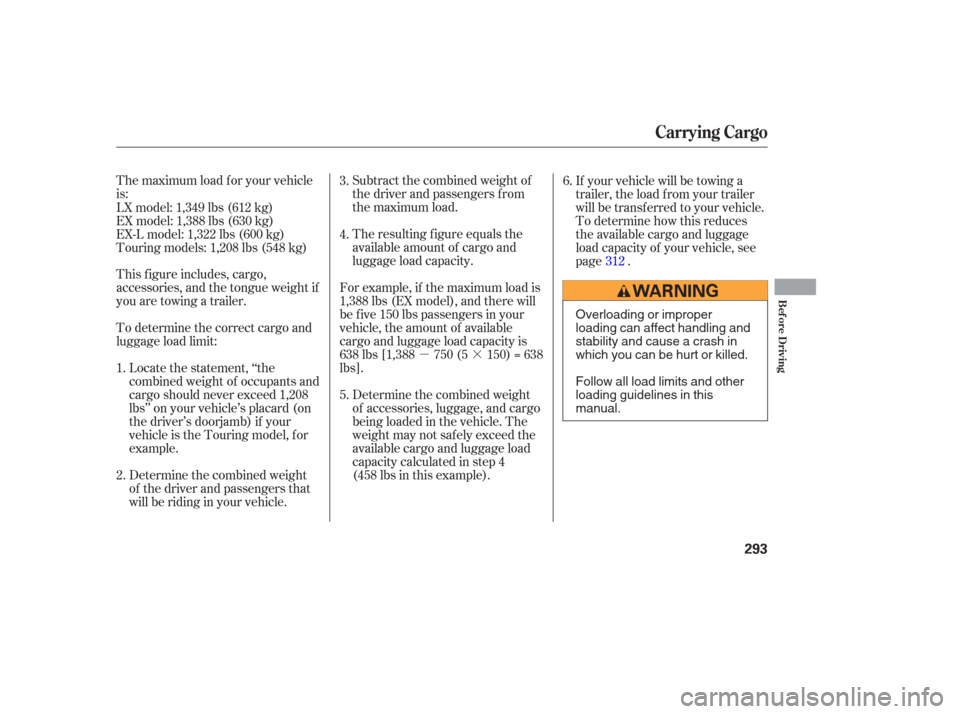Page 162 of 420
CONT INUED
To remove the seat, lower the head
restraint all the way down. Remove
the seat cushion by pulling the strap
on the seat cushion, and f old the
seat-back forward.
To install the stowable plus-one seat,
hook the f ront of the seat to the f loor,
then push down the back until it
locks. Make sure both the f ront and
back of the seat are securely latched.
Pull up the seat-back, and adjust the
seat-back angle to the desired
position while pulling the seat-back
angle adjustment strap on the
outside of the seat bottom. Install the seat cushion on the seat
bottom plate. To install the cushion,
hook the f ront of the cushion f irst,
then push down the rear until the
cushion is securely positioned.
To use the plus-one seat as a center
console, remove its seat cushion by
pulling up the seat cushion strap.
Then pivot the seat-back forward
until it is f lat. Store the seat cushion
in the f loor storage area.
Seats
Inst rument s and Cont rols
161
ANGLE ADJUSTMENT STRAP
Page 163 of 420

To create more cargo space, you can
f old the one-motion third row ‘‘Magic
Seat’’ into the floor recess.Unlatch the detachable seat belt
anchor center seat belt, and let the
belt retract all the way into the
ceiling. Place the latch plate and
anchor latch into their holding
slots.
Lower the head restraints f ully.
Always remove an unsecured seat
f rom the vehicle bef ore driving. A
seat that is not locked in place could
be thrown about and cause injury in
a sudden stop or crash.
Thestowableplus-oneseatassembly
canbestoredinthefloorstorage
area between the f ront seats and the
secondrowseats.Todothis,remove
theLazySusanfromthefloor
storage area.
Unlock the seat f rom the f loor by
pulling the lock release lever and the
leg f olding lever on the bottom of the
seat-back, and lift the rear of the seat.
Unhook the f ront of the seat f rom
the f loor by pulling it back slightly,
then pivoting it upward. 1.
2.
Seats
Folding the One-Motion T hird
Row ‘‘Magic Seat’’
162
LOCK RELEASE LEVER
LEG FOLDING LEVER
Page 184 of 420
On EX, EX-L and Touring models,
the floor storage area has a Lazy
Susan inside which makes it easier to
f ind items through the small lid.
TheLazySusancanberemoved.
When it is removed, a larger item,
such as the stowable second row
plus-one seat, can be stored.To remove the Lazy Susan, open the
large lid. Attach the hook to the grab
rail on the back of the f ront seat to
keep the lid open. Hold the two
handles on the edge of the Lazy
Susan, and pull it out of the storage
area. Store the removed Lazy Susan
in a saf e place outside the vehicle.
Do not place it on the vehicle f loor or
seat, or in the cargo area. It can f ly
around the interior in a crash.The Lazy Susan can be damaged if it
is kept in a humid place. Always
store the Lazy Susan in a dry place
when it is removed.
Interior Convenience Items
Inst rument s and Cont rols
183
STOWABLE SECOND ROW
PLUS-ONE SEAT
LAZY SUSAN
HANDLE
Page 285 of 420

Help assure your vehicle’s f uture
reliability and perf ormance by paying
extra attention to how you drive
during the f irst 600 miles (1,000 km).
During this period:Avoid full-throttle starts and rapid
acceleration.
Avoidhardbrakingforthefirst
200 miles (300 km).
Do not change the oil until the
scheduled maintenance time.
You should also f ollow these
recommendations with an
overhauled or exchanged engine, or
when the brakes are replaced. Do not tow a trailer. We recommend quality gasolines
containing detergent additives that
help prevent f uel system and engine
deposits.
In addition, in order to maintain good
perf ormance, f uel economy, and
emissions control, we strongly
recommend, in areas where it is
available, the use of gasoline that
does NOT contain manganese-based
f uel additives such as MMT. If you notice any undesirable
operating symptoms, try another
service station or switch to another
brand of gasoline.
For f urther important f uel-related
inf ormation, please ref er to your
.
Your vehicle is designed to operate
on unleaded gasoline with a pump
octane number of 87 or higher. Use
of a lower octane gasoline can cause
a persistent, heavy, metallic rapping
noise that can lead to engine damage.
Use of gasoline with these additives
may adversely af f ect perf ormance,
and cause the Malfunction Indicator
Lamp on your instrument panel to
come on. If this happens, contact your dealer f or service.
Some gasoline today is blended with
oxygenates such as ethanol or
MTBE. Your vehicle is designed to
operate on oxygenated gasoline
containing up to 10 percent ethanol
by volume and up to 15 percent
MTBE by volume. Do not use
gasoline containing methanol.
Break-in Period, Gasoline Type
Break-in Period
Gasoline Type
Quick Start Guide
284
Page 288 of 420
Wait a f ew minutes af ter turning the
engine of f bef ore you check the oil.Remove the dipstick again, and
check the level. It should be
between the upper and lower
marks.
To close the hood, lif t it up slightly to
remove the support rod f rom the
hole. Put the support rod back into
its holding clip. Lower the hood to
about a f oot (30 cm) above the
f ender, then let it drop. Make sure it
is securely latched. Remove the dipstick (orange loop).
Wipe of f the dipstick with a clean
cloth or paper towel.
Insert it all the way back in its hole.
Pull the support rod out of its clip
and insert the end into the hole on
thepassenger’ssideof thehood.
If it is near or below the lower mark,
seeon page .
1.
3.
2.
3.4.
334
Oil Check
A dding Engine Oil
Service Station Procedures
Bef ore Driving
287
DIPSTICK
SUPPORT ROD
UPPER MARK
LOWER MARK
Page 294 of 420

�µ�·
The resulting f igure equals the
available amount of cargo and
luggage load capacity.
The maximum load f or your vehicle
is:
Subtract the combined weight of
the driver and passengers f rom
the maximum load.
This f igure includes, cargo,
accessories, and the tongue weight if
you are towing a trailer.
To determine the correct cargo and
luggage load limit:
Determine the combined weight
of the driver and passengers that
will be riding in your vehicle. Locate the statement, ‘‘the
combined weight of occupants and
cargo should never exceed 1,208
lbs’’ on your vehicle’s placard (on
the driver’s doorjamb) if your
vehicle is the Touring model, f or
example. If your vehicle will be towing a
trailer, the load f rom your trailer
will be transf erred to your vehicle.
To determine how this reduces
the available cargo and luggage
load capacity of your vehicle, see
page .
For example, if the maximum load is
1,388 lbs (EX model), and there will
be f ive 150 lbs passengers in your
vehicle, the amount of available
cargo and luggage load capacity is
638 lbs [1,388 750 (5 150) = 638
lbs]. Determine the combined weight
of accessories, luggage, and cargo
beingloadedinthevehicle.The
weight may not saf ely exceed the
available cargo and luggage load
capacity calculated in step 4
(458lbsinthisexample).
1.
2. 3.
4.
5.
6.
312
LX model: 1,349 lbs (612 kg)
EX model: 1,388 lbs (630 kg)
EX-L model: 1,322 lbs (600 kg)
Touring models: 1,208 lbs (548 kg)
Carrying Cargo
Bef ore Driving
293
Overloading or improper
loading can affect handling and
stability and cause a crash in
which you can be hurt or killed.
Follow all load limits and other
loading guidelines in this
manual.
Page 298 of 420
This section gives you tips on
starting the engine under various
conditions, and how to operate the
automatic transmission. It also
includes important inf ormation on
parking your vehicle, the braking
system, the vehicle stability assist
system, the tire pressure monitoring
system, and f acts you need if you are
planning to tow a trailer.........................
Preparing to Drive .298
.......................
Starting the Engine .299
..............
Automatic Transmission .300
..................................
Parking Tips .304
.............................
Braking System .305
...............
Anti-lock Brakes (ABS) .306
Vehicle Stability Assist (VSA)
........................................
System .307
Tire Pressure Monitoring System ......................................
(TPMS) .309
...........................
Towing a Trailer .312
Driving
Driving
297
Page 303 of 420

�µ�µ �µ
If you exceed the maximum speed
f or the gear you are in, the engine
speed will enter into the tachometer’s
red zone. If this occurs, you may f eel
the engine cut in and out. This is
caused by a limiter in the engine’s
computer controls. The engine will
run normally when you reduce the
rpm below the red zone.
To use D , press the
D button when the shif t lever is in
the ‘‘D’’ position. This position is simi-
lartoD,exceptonlythefirstthree
gears are selected instead of all f ive.
Use D when towing a trailer in hilly
terrain, or to provide engine braking
when going down a steep hill. D can
also keep the transmission f rom
cycling between third and f ourth
gears in stop-and-go driving.
This position locks
the transmission in second gear. It
does not downshif t to f irst gear
when you come to a stop.
Use second gear: For more power when climbing.
To increase engine braking when
going down steep hills.
For starting out on a slippery
surf ace or in deep snow.
When driving downhill with a
trailer. This position locks the
transmission in f irst gear. By
upshif ting and downshif ting through
1, 2, and D, you can operate this
transmission much like a manual
transmission without a clutch pedal.3
3
3 3
Automatic Transmission
Engine Speed L imiter
Drive (D )
Second (2) First (1)3
302